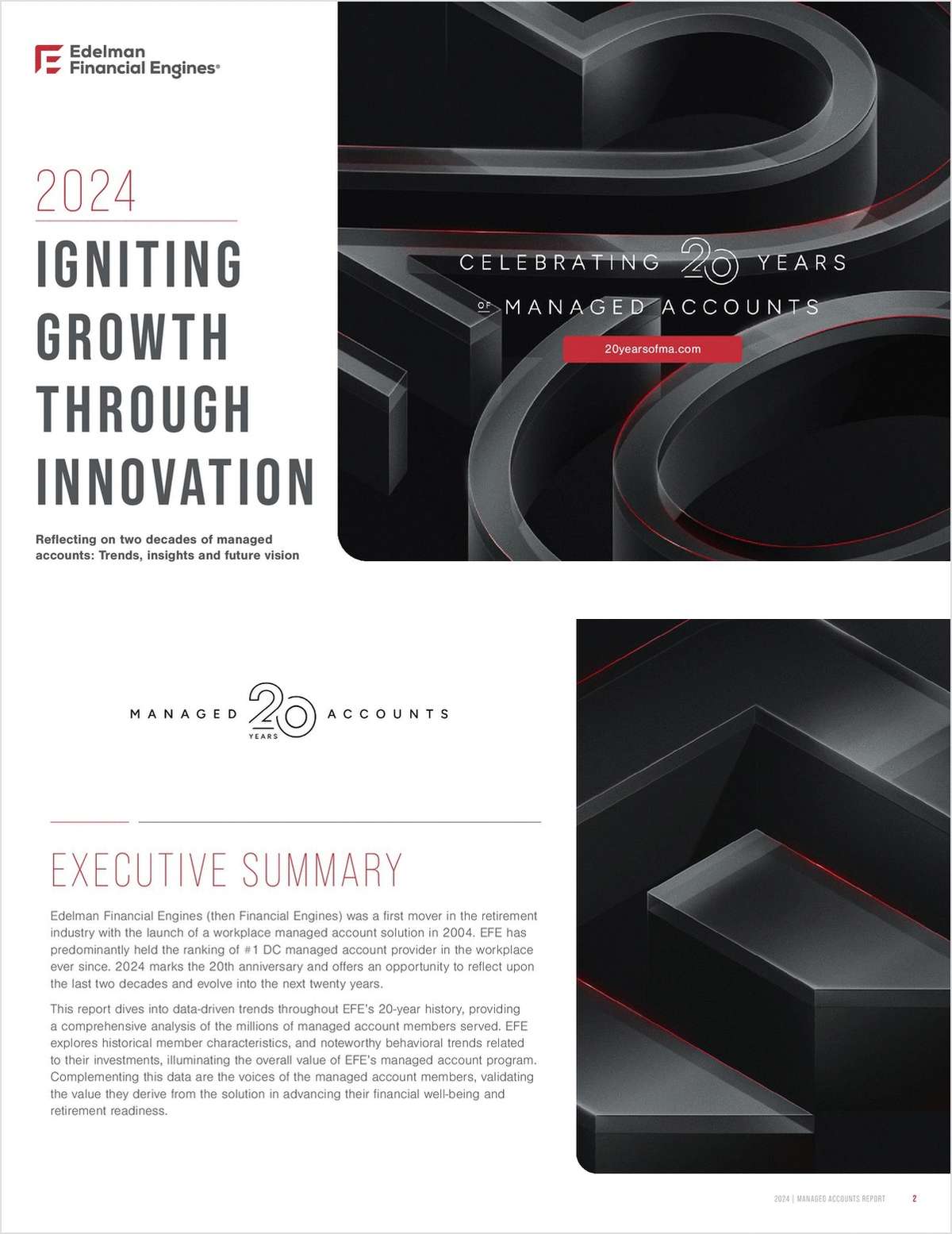 Sponsored Contentby Maxwell Health Sponsored Contentby Maxwell Health
Keith Scally represents a rare breed in the employee benefitsindustry. He has an extensive background in the intricacies ofbenefits and HR technology and a cutting-edge approach toinnovation and technology development. He joined Maxwell Healthlast month as the VP of product after over eight years atChoicelinx, a Cigna subsidiary, where he led business strategy,operations, product development as their President and CIO. Beforethat, he was the vice president of IT at Bridgeline Digital, andled business development and technology at NewpointTechnologies. I sat down with Keith to get his perspective on what makesinnovation in employee benefits such a unique proposition, thetrends shaping the industry, how they’re affecting brokers, and themassive potential opportunity technology can open up to theirbusinesses. What makes employee benefits a unique space to innovatewithin?I don’t believe that there’s a lot of innovation happening inthe benefits themselves; high-deductible health plans have beenaround forever, and we’re still figuring out how to optimize them.The innovation right now is happening in the experiencessurrounding the benefits. How carriers brand their offerings, howbrokers sell them, how HR teams manage them, and how employees buy andengage with them. Building benefits technology is difficult to do well. There area host of different challenges to consider, everything fromregulations at the national and state level, concerns with datasecurity, as well as an enormous amount of benefit configurations,types, and eligibility rules to consider, so technology companiesreally need to earn their seat at the table before they have theright to make an impact. There’s a lot of talk in tech aboutdisruption, but that approach just doesn’t work well in thisindustry, as there are lots of forces working against disruption.We’re dealing with real people’s lives and livelihoods, and thesystems are too complex and interconnected to take a “ready, fire,aim” approach. Innovation has to happen within a context ofiterative evolution: working within the regulations and systemsthat exist in order to help them evolve over time. Brokers are innovating in the way that they position their skillsets and services to employers. In addition to the core benefitsstrategy they’ve always offered, they’re becoming technology and HRexperts as well — true consultants. There’s also innovation around what’s offered to consumersin terms of benefits. Because we have tech in the hands of thebrokers and the employers, it creates a vehicle to think beyond atraditional medical/dental/vision life package. We’re starting tosee voluntary benefits more easily enter the distribution channel,even down-market to consumers. Can you talk about the trends that you’re seeing andthat you’re most excited about? First of all, small employers no longer need to look to purchaseand acquire the tools they need to be efficient themselves. If anemployer is managing benefits and HR via paper today, they shouldbe aware that the burden is starting to fall to their brokerconsultants to provide the tools and knowledge to run theirbusinesses proactively. There’s definitely a trend, especially down-market, to set uplots of simple tools to specifically help with aspects of openenrollment, but many of those tools don’t have the backbone to beused year-round, to handle qualifying life events and handle theadministration rules that would be expected throughout the year.It’s important for employers to know that that technology needs tobe vetted, and you need to define your requirements. Do you justwant something for open enrollment, or do you need somethingyear-round? The most exciting trend for me lies in leveraging dataanalytics, and the availability of that data to help consumers. Aton of opportunity lies in the data that benefits administrationplatforms work with. A lot of times, that’s taken the form ofrecommendation engines and decision support. These tools arestarting to leverage the full spectrum of consumer data available,combined with advanced machine learning algorithms that can reallyhelp people understand the costs and complexity of what they’rebuying, and help consumers optimize their choices and dollarallocations. I think those trends are going to continue. I’m also excited by the trend of benefits administrationcompanies looking beyond the open enrollment period to engageemployees year-round in their benefits through mobile technologies.There’s a huge opportunity for analytics to help people understandhow their products work together, and how to leverage themoptimally throughout the year. Employees should understand thefinancial impact of their benefits, find providers, and comparecosts wherever and whenever is most convenient, and for most ofAmerica, that’s on their phone. Mobile engagement will onlyincrease, and technology companies and insurance brokers will needto respond. What should someone investing in a technology solutionlook for in terms of core functionality? What are the dealbreakers? The reality is, even down-market, building true benefitsadministration technology is complex, and you have to get it right.Payroll needs to be accurate, elections need to be accurate, andthe data needs to be secure. Data security, especially when dealing withpersonal health information, is the most important piece to lookfor when vetting a potential technology partner. If the systemdoesn’t have the underpinnings to secure that data, that’s a dealbreaker. Proper handling and compliance procedures are critical. Itis not enough to just have correct data; it needs to besafe. Second is the service model. Brokers should be looking for abusiness partner in their technology provider, someone with aproven reputation for being responsive and hands-on when it comesto servicing their clients. A perfect technology company does notexist, so when something goes wrong, brokers need to ensure thattheir clients aren’t going to turn to another broker. Thirdly, any technology investment in this day and age should bedynamic and iterative. Agile, cloud-based technologies are built toevolve and improve over time. The platform you invest in todayshould be better six months or a year down the road. Brokers shouldlook to work with companies that release products updates on aregular cadence, and look to their customers for feedback andfunctionality suggestions. Perhaps most importantly, any system needs to make life easy forthe small business HR team. Small employers don’t have a lot ofresources to deploy and manage a technology; they need to spendtheir time leveraging the technology they have to do their job andtake care of their employees. The tools need to be simple to use,and should focus on automating as much of their busy work aspossible so that they can focus on what matters. The final piece should address employee needs, not only torelieve HR teams of administrative burdens, but also to make surethat employees understand the benefits they’re being offered andhow to use them throughout the year. Benefits plans are designed tomake sure that employees are healthy and productive at work, butthat value is only realized if employees know what they have. | 








